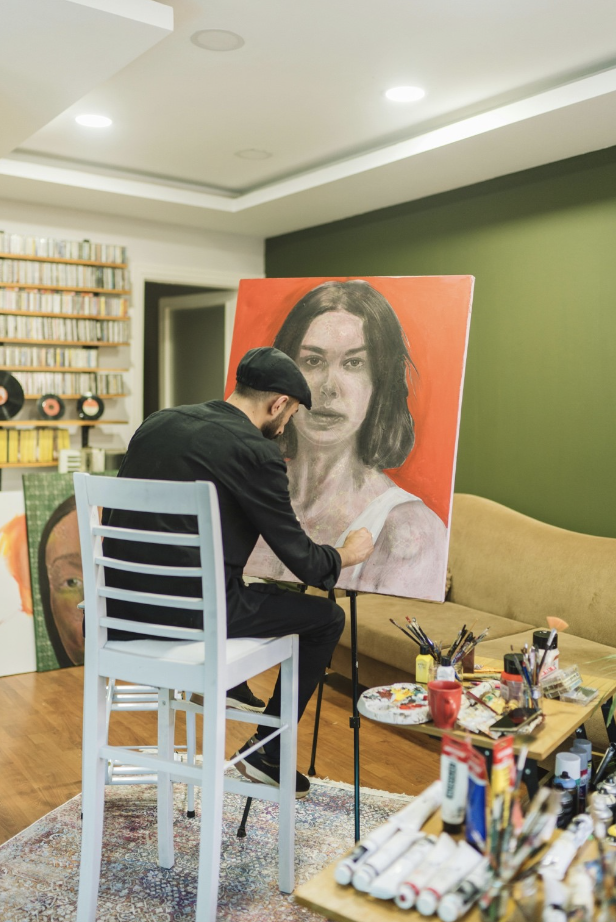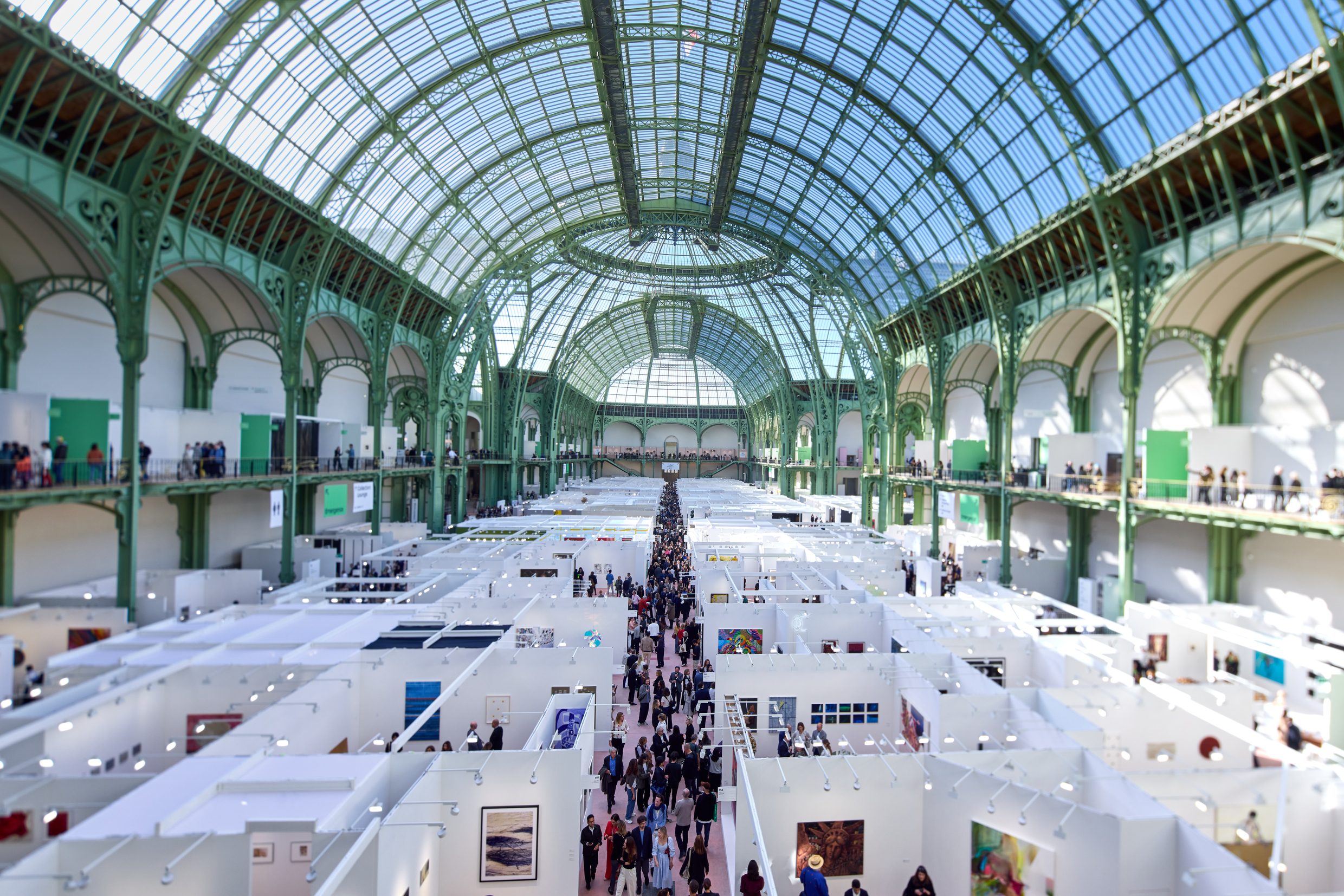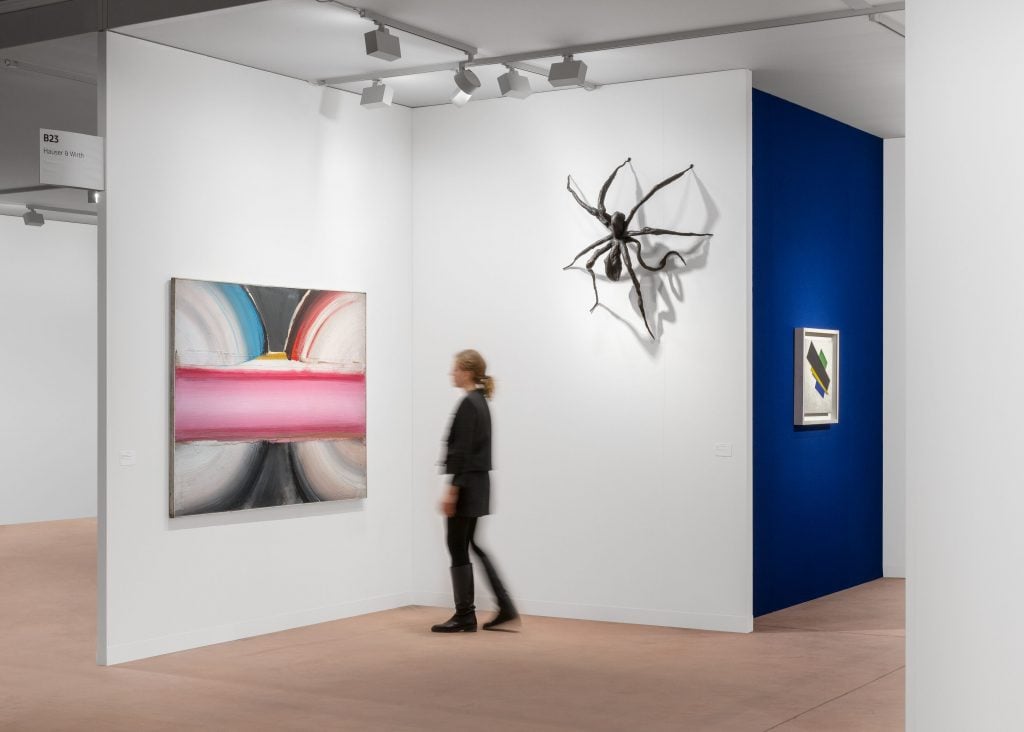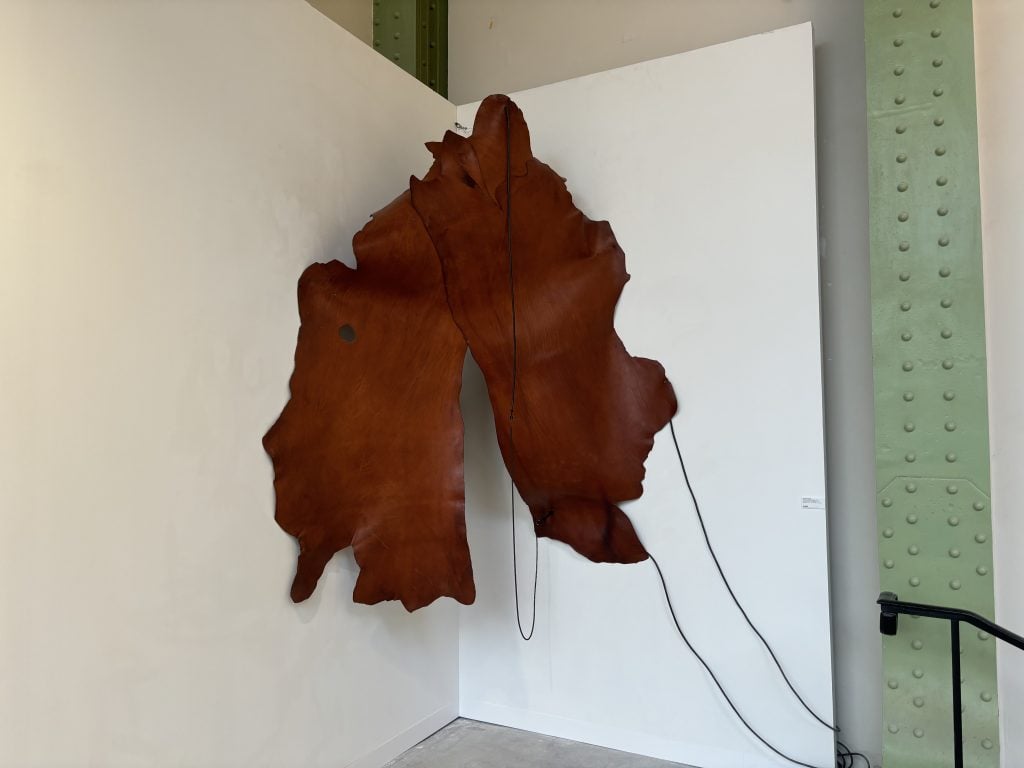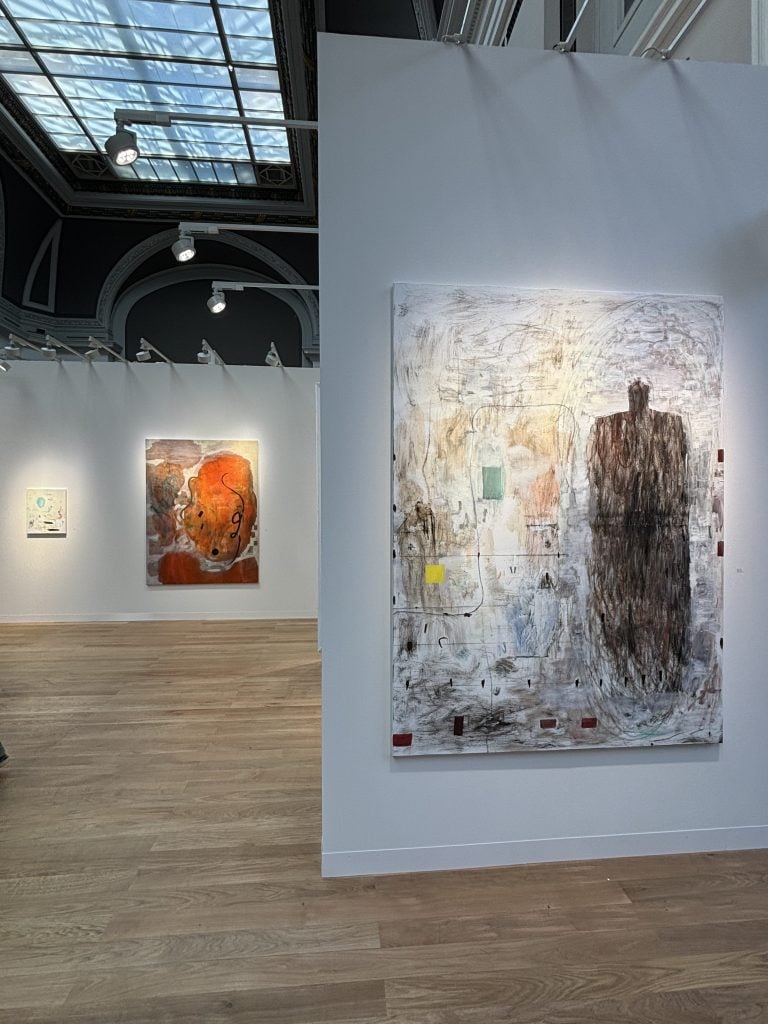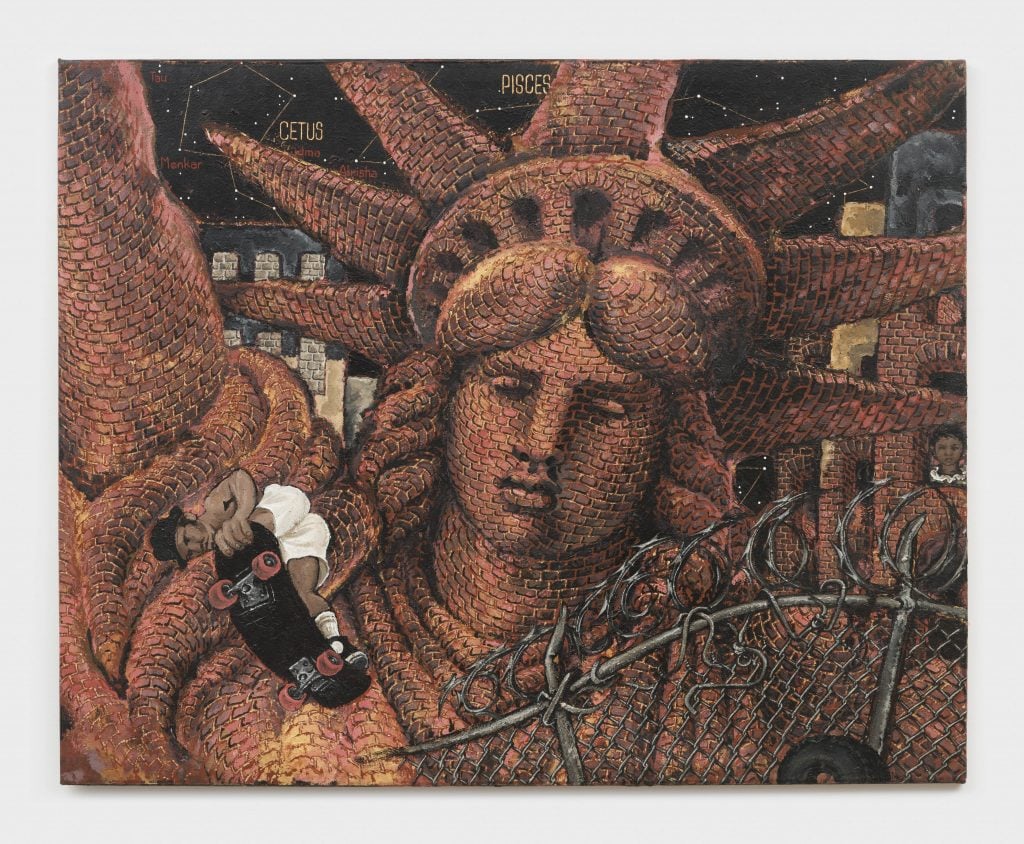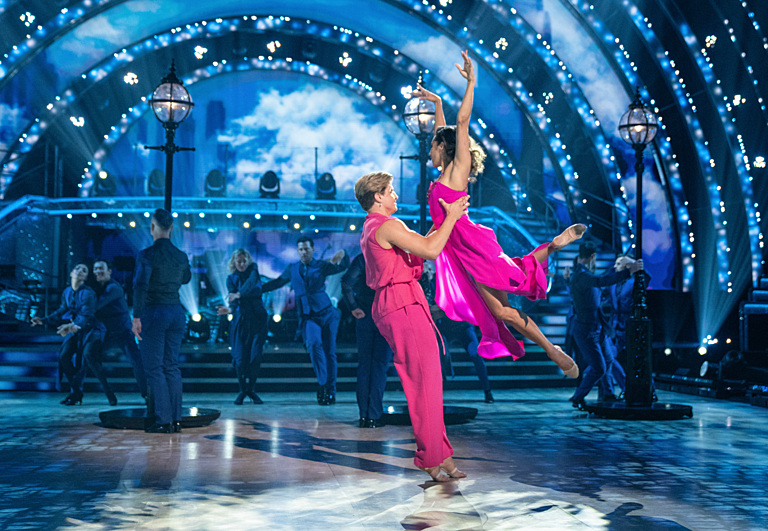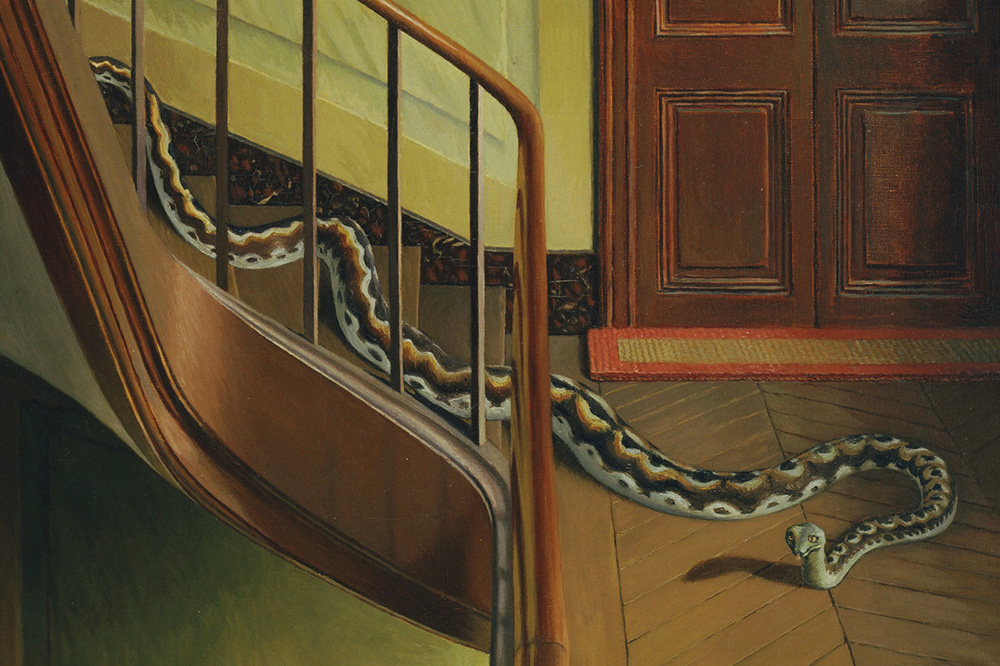Top Copyright Tips for Artists
[ad_1]
As an artist of any kind, protecting your work is crucial to maintaining the integrity of your creative endeavors, preserving control of your work, and ensuring that only you and those you authorize generate revenues from your work. At the heart of this protection is copyright law. Copyright law provides creators with the rights necessary to control how their work is used, distributed, and reproduced. While copyright law is complex, with numerous caveats and exceptions, a basic understanding of copyright is crucial for any working artist.
Understanding Copyright Basics
What is Copyright?
Copyright is, literally, the right to make copies. But it is much more. Copyright grants creators certain exclusive rights to their original works. Those works can include music, audio-visual works, photography, fine art, literature, software, architecture, choreography, and more. In the U.S. and most jurisdictions, copyright protection is automatic upon the creation of an original work, as long as it is fixed in a tangible medium (like a painting affixed to canvas, a sculpture formed out of marble, or a digital file residing on your hard drive). But that protection is significantly limited without a copyright registration.
What Does Copyright Protect?
Copyright protects the expression of ideas, but not the ideas themselves. This means that while you may be inspired to paint the same landscape that hundreds of others have painted before you, your unique expression, style, and concept will be protected. For example, most Western movies have some of the same common ideas – people on horses in a dusty, dry land, good guys and bad guys, a disagreement at a saloon, a shootout, etc. While nobody can own the idea of a Western, each individual expression of that idea is a protectable creative work. Similarly, while Andy Warhol’s work may inspire you to create garishly colored silkscreens of consumer products, doing so is entirely legal unless you copy Warhol’s actual works of silkscreened soup cans, Coca-Cola bottles, and the like. You have simply expressed the same idea, but in your unique creative way, and you will be entitled to copyright protection.
Copyright grants the creator of an original work a bundle of exclusive rights in that work, including the following:
- Reproduction: The right to make copies of (reproduce) your work;
- Distribution: The right to sell or distribute copies;
- Public performance: The right to perform your work publicly (relevant particularly for music);
- Public display: The right to display your work publicly (for example with fine art); and
- Derivative works: The right to create adaptations of your work.
Tips for Protecting Your Art
-
Register Your Copyrights!
First and foremost, let us dispel a common myth: the so-called “Poor Man’s Copyright” – where you mail yourself a copy of your work to rely on the postage date stamp as proof that you created a work by a specific date. In short, the Poor Man’s Copyright gets you none of the benefits of federal registration.
Even though copyright protection is automatic once an original work is affixed to a tangible medium, registering your work with the U.S. Copyright Office provides significant additional benefits crucial to any artist, including:
- Legal proof: Registration serves as legal evidence of your ownership;
- Ability to sue, secure a damages award, and secure an award of your attorneys’ fees: With a registration, at the time of infringement, you can sue for statutory damages and secure an award of the attorneys’ fees incurred if you are forced to bring an infringement suit.
- For many artists, if a third party infringes your work, it can be very difficult to prove your actual monetary damages resulting from that infringement. This is particularly the case for artists without a track record of selling and licensing their work. But with a registration in hand, at the time of an infringement, the copyright owner can dispense with the effort of proving actual damages and, instead, opt for statutory damages, which are increased if the judge finds that the infringement was willful.
- Also, with registration, at the time of infringement, a copyright owner can seek and secure an award of the attorneys’ fees incurred in bringing the legal action. That means that the infringer, in addition to paying his/her/their attorney, may have to pay the fees of your attorney as well.
- Bottom line, infringement of a registered copyright exposes an infringer to the obligation of paying a significant monetary award in addition to the fees generated by all attorneys in the matter. This gives the registered copyright owner significant leverage, incentivizing early settlement of the claim.
- Public record: Registration creates a public record of your copyright, deterring potential infringers.

-
Keep Detailed Records
Rather than rely on the “Poor Man’s Copyright,” maintain documentation of your work process as well as publication of your work. Ideally, maintain the following:
- Sketches and drafts: Save preliminary sketches, drafts, and notes.
- Dates of creation: Keep track of when you created each original piece, and even portions thereof.
- Exhibition and publication records: Document where and when each of your works is displayed or published.
These records can help establish your ownership and the timeline of your creative process.
-
Use Watermarks
Once your work is in digital format, it is easily moved around the world in seconds. If you share your work online, consider using watermarks. A watermark is a visible overlay identifying you as the author of that work. While a watermark will not prevent someone from using your work without your authorization, it makes it clear who the copyright owner is and, especially if the infringer tries to remove it, in the context of a copyright infringement suit it can significantly bolster your assertion that the infringement was willful, perhaps leading to a higher damages award.
-
Generate Revenues from Licensing Your Work
If you wish to allow others to use your work, enter into a written license agreement specifying how your work may be used and how you will be compensated for allowing that use. Licenses can be exclusive (only party X can sell prints bearing an image of the work) or non-exclusive (grant the same right(s) to multiple parties). A license is a legal agreement that should clearly state the license granted, how long that license lasts, the reporting and accounting obligations of the licensee, and how the copyright owner will be compensated for providing that license, in addition to numerous other provisions. When a licensing opportunity arises, engage a copyright attorney to assist you in drafting that document.
-
Understand Fair Use
Fair use is a legal doctrine that allows limited use of copyrighted material without the copyright owner’s permission under certain circumstances, typically for purposes of criticism, comment, news reporting, teaching, scholarship, or research. As an artist, be aware of how fair use might apply to your work and to the works of others, particularly if you engage in practices like remixing or sampling.
-
Read Online Terms of Use
There are numerous online locations, including social media sites, that provide excellent platforms to showcase your work. But be very careful before posting your work. Check the platform’s Terms of Use because some platforms’ Terms provide that when you upload your work, you grant the platform a license to use it in various ways without your prior consent. Consider whether you want to grant this license before posting and always include a copyright notice on your image.
-
Know Your Rights When Selling
When you sell your art, clarify what rights you are transferring. The sale of an artwork does not automatically transfer copyright unless explicitly stated, in writing. For example, you may make 100 prints of your oil painting, but you are not selling or licensing your copyright in the original painting by selling these prints. Just because someone purchases a print doesn’t mean that they can make copies of the print to sell, distribute, etc. Always be clear in a sale whether the buyer receives only the physical artwork or if they also gain certain usage rights.
8. Consult an Intellectual Property Attorney
If you’re unsure about any aspect of copyright, consider consulting with a copyright attorney. Every situation is unique, and an experienced intellectual property attorney can tailor your licenses and other agreements to your specific situation, help you with copyright registration, and guide you through potential legal issues.
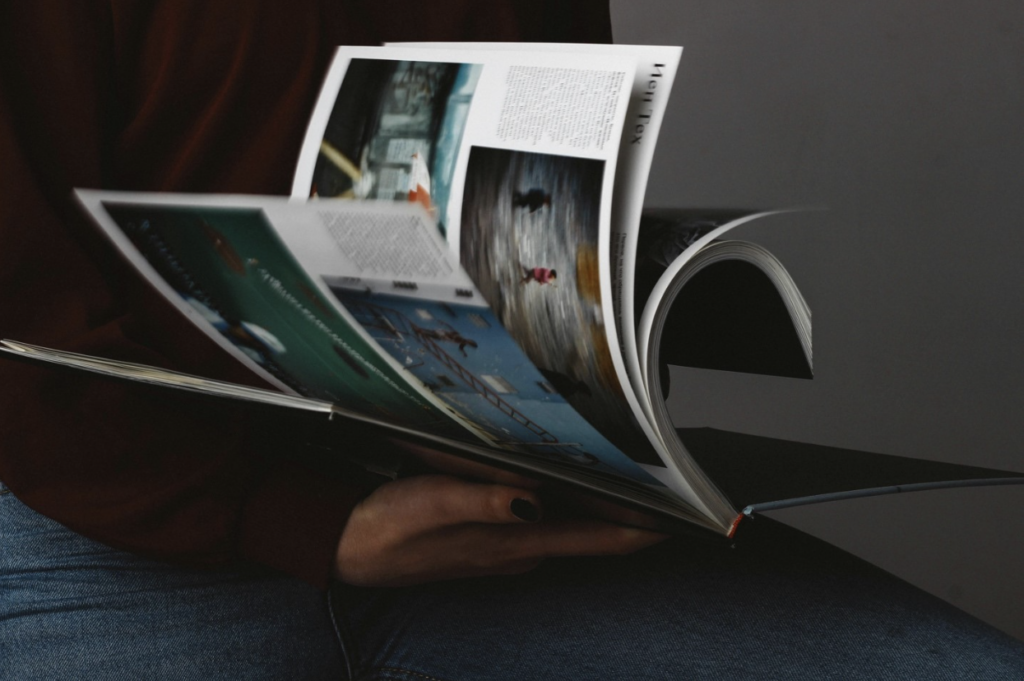
Conclusion
A basic understanding of copyright is essential for working artists, enabling you to protect your creative work, assert your rights as a copyright owner, and generate revenues from your work. By understanding copyright basics and registering your work soon after creation, you can safeguard your art from infringement and put yourself in the best position possible should your work be infringed. As an artist, your creativity deserves protection. By implementing these tips, you can focus on what you do best – creating – while ensuring that your work is recognized, respected, and protected.
____________________________
Authors Bio:
Co-founders of intellectual property law firm Crown® LLP, Elizabeth J. Rest and Owen Seitel have a passion for Advising Creativity®. Elizabeth is a brand builder and portfolio protector, focused on trademarks and copyrights, and Owen has more than 30 years of experience with commercial endeavors, transactions, and disputes involving intellectual property and broader business matters. They can be reached at [email protected] and [email protected].
[ad_2]
Source link
